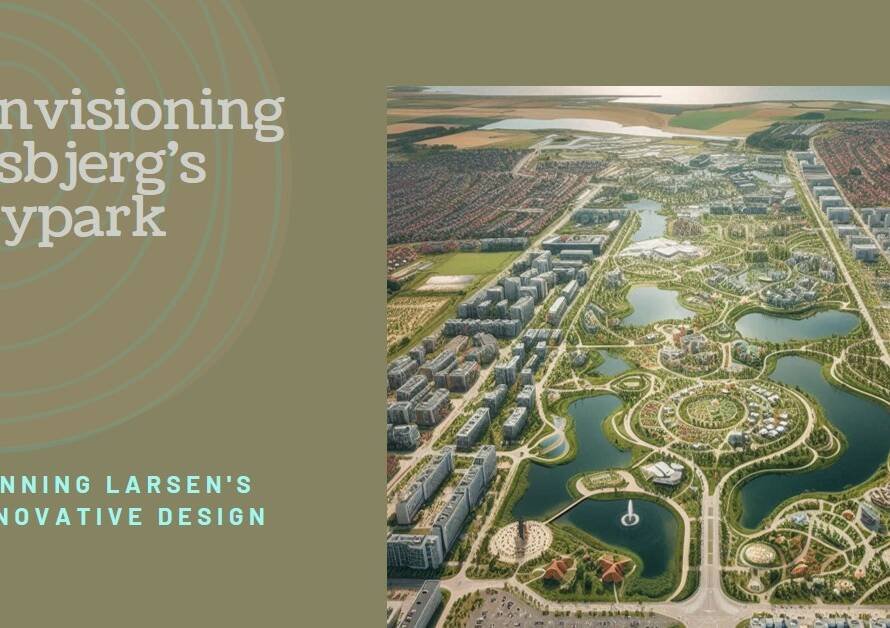
Table of Contents
- Introduction: The Exciting World of 3D Modelling
- The Foundation: Understanding 3D Modelling
- Game On: Careers in Game Design
- Bringing Stories to Life: Animation and Film
- Building the Future: Architecture and Interior Design
- Designing Dreams: Product Design and Manufacturing
- Innovating Medicine: Healthcare and Medical Devices
- Enhancing Reality: Virtual and Augmented Reality
- Teaching the Craft: Education and Training
- Conclusion: Your Path to a 3D Modelling Career
Introduction: The Exciting World of 3D Modelling
The field of 3D modelling offers a plethora of opportunities for creative minds and technical enthusiasts alike. As technology continues to advance, the demand for skilled 3D modellers is on the rise. From gaming to architecture, the applications of 3D modelling are diverse and ever-expanding. This blog post aims to explore the various career paths available within the realm of 3D modelling, providing a comprehensive guide for those considering this exciting and dynamic profession.
The Foundation: Understanding 3D Modelling
Before diving into specific career paths, it’s essential to grasp the fundamentals of 3D modelling. At its core, 3D modelling involves creating three-dimensional representations of objects using specialized software. These models can be used in a variety of industries, each requiring a unique set of skills and expertise.
Aspiring 3D modellers should start by mastering the basics of geometry, texture mapping, and lighting. Familiarity with industry-standard software such as Blender, Maya, and 3ds Max is also crucial. These tools allow artists to bring their creative visions to life, making them indispensable in the world of 3D modelling.
Game On: Careers in Game Design
One of the most popular and lucrative fields for 3D modellers is the gaming industry. Video games rely heavily on realistic and immersive 3D environments, characters, and objects. As a 3D modeller in this industry, you could specialize in character design, environment modelling, or even animation.
Working in game design often involves collaborating with other artists, programmers, and designers to create cohesive and engaging game worlds. It requires not only technical skills but also a strong sense of storytelling and visual aesthetics. Those passionate about gaming and art will find this career path both rewarding and challenging.
Bringing Stories to Life: Animation and Film
Another vibrant sector for 3D modellers is animation and film. From animated movies to special effects in live-action films, 3D modelling plays a critical role in the entertainment industry. Modellers in this field work closely with directors, animators, and visual effects artists to create stunning visual experiences.
In this career path, attention to detail and creativity are paramount. Artists must be able to translate directors’ visions into tangible 3D models that can be animated and integrated seamlessly into film footage. This often involves creating highly detailed characters, intricate environments, and realistic textures.
Building the Future: Architecture and Interior Design
The architecture and interior design industries have also embraced 3D modelling as a powerful tool for visualization and planning. Architects and interior designers use 3D models to create accurate and realistic representations of buildings and spaces before construction begins.
A career in this field requires a solid understanding of architectural principles and design aesthetics. 3D modellers in architecture need to be proficient in software like AutoCAD and Revit, which are specifically tailored for architectural design. This path offers the chance to work on diverse projects, from residential homes to large commercial complexes.
Designing Dreams: Product Design and Manufacturing
3D modelling is indispensable in product design and manufacturing. Designers use 3D software to create prototypes, visualize concepts, and refine their designs before production. This process not only saves time and resources but also allows for greater precision and creativity.
In this career path, modellers need a strong grasp of materials, manufacturing processes, and design principles. They often work alongside engineers and product managers to bring innovative products to market. This role is perfect for those who enjoy problem-solving and have a keen eye for detail.


Innovating Medicine: Healthcare and Medical Devices
The healthcare industry is increasingly leveraging 3D modelling for various applications, from creating detailed anatomical models to designing custom medical devices. This innovative use of 3D technology is revolutionizing patient care and medical research.
3D modellers in healthcare must understand human anatomy and medical terminology. They collaborate with medical professionals to develop accurate and functional models that can be used for surgical planning, education, and device manufacturing. This career path is ideal for those who want to make a tangible impact on people’s lives through technology.
Enhancing Reality: Virtual and Augmented Reality
Virtual Reality (VR) and Augmented Reality (AR) are cutting-edge technologies that rely heavily on 3D modelling. These immersive experiences require detailed and interactive 3D environments that users can explore and interact with.
Careers in VR and AR offer exciting opportunities to push the boundaries of what is possible in digital experiences. Modellers in this field must be adept at creating highly detailed and responsive models that enhance user immersion. This path is suited for those who are passionate about technology and innovation.
Teaching the Craft: Education and Training
As the demand for 3D modelling skills grows, so does the need for educators and trainers who can teach these skills to others. Careers in education and training involve developing curriculum, conducting workshops, and providing one-on-one instruction to aspiring 3D artists.
This path requires not only expertise in 3D modelling but also strong communication and teaching skills. Educators play a crucial role in shaping the next generation of 3D modellers, making this a highly impactful and rewarding career choice.
Conclusion: Your Path to a 3D Modelling Career
The world of 3D modelling is vast and full of opportunities. Whether you’re drawn to the creative challenges of game design, the precision of architectural modelling, or the innovative applications in healthcare, there’s a career path that suits your interests and skills.
By understanding the various fields within 3D modelling, you can make informed decisions about your education and career trajectory. As technology continues to evolve, the demand for skilled 3D modellers will only grow, making this an exciting and dynamic profession to pursue.


